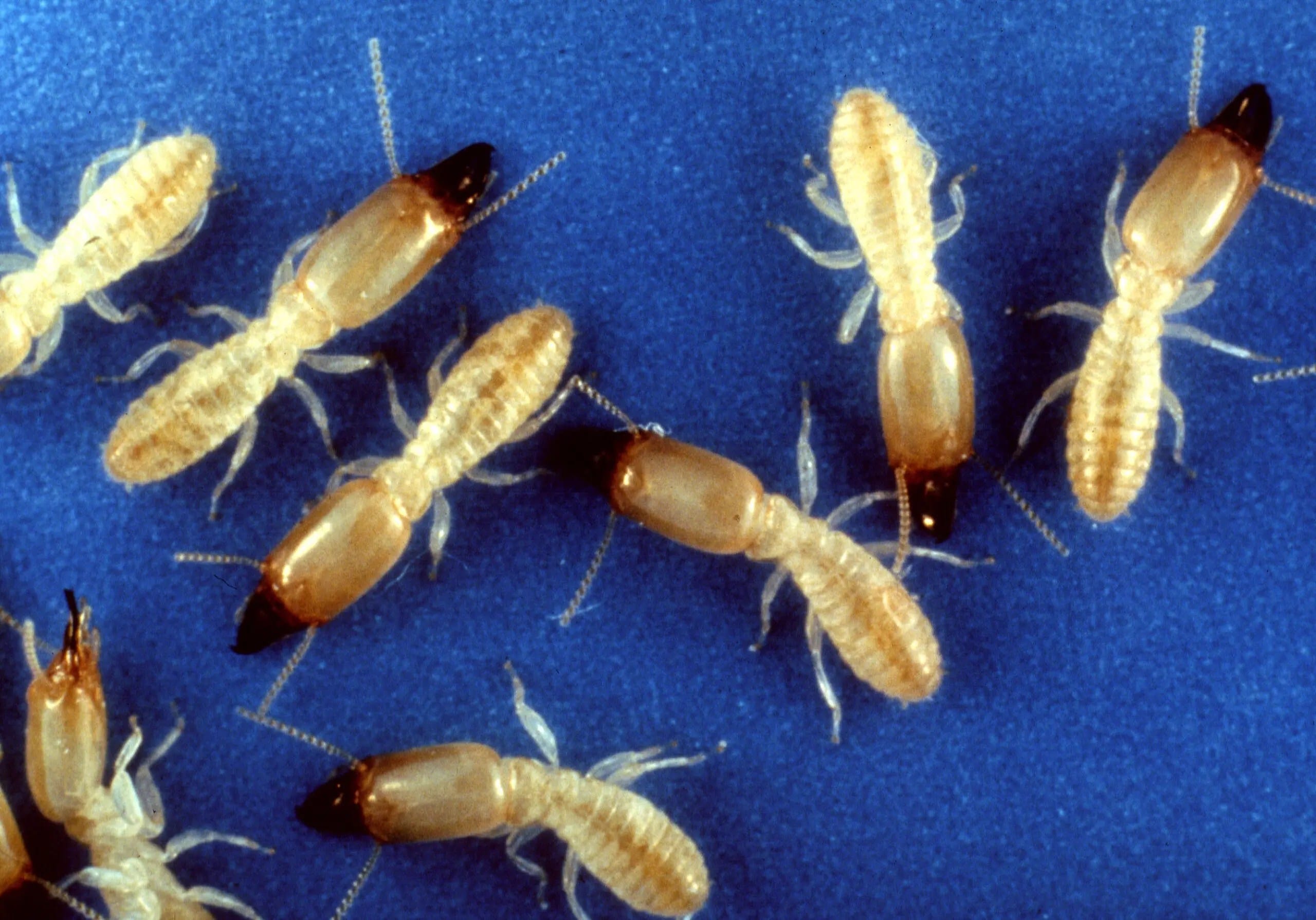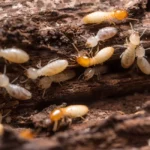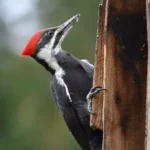Ever wonder what’s happening beneath the surface, quietly munching away at the wood in your home? It could be termite larvae – the tiny, pale offspring of those wood-destroying pests. These young termites are the future of the colony, and understanding them is key to protecting your property. This article serves as your guide to these hidden menaces, covering identification, biology, their role in the colony, and how to address an infestation.
Decoding the Termite Larva
Understanding the real heart of a termite infestation means getting to know the termite larva – the tiny, hidden workforce that can silently devour your home from the inside out. Let’s delve into what makes these larvae tick.
What Do Termite Larvae Look Like?
Termite larvae are tiny, creamy-white grubs, typically smaller than a grain of rice. They might remind you of fly maggots at first glance, but key differences exist. Unlike legless maggots, termite larvae have six tiny legs and a distinct, hardened head capsule. Their bodies are straight, not curved. However, spotting these details without a magnifying glass can be challenging, as they’re usually hidden within the wood they’re consuming. See a comparison chart of termite larvae vs. maggots.
The Termite Life Cycle
Termite colonies operate with a structured social system. The queen lays eggs, which hatch into larvae. These larvae molt, shedding their skin and growing larger with each molt. They eventually develop into different castes – workers, soldiers, or reproductives (future kings and queens). This entire process often occurs unseen within the walls of your home. Finding termite larvae is a strong indicator of an active, thriving colony and potential structural damage. Learn more about the termite life cycle.
Why Identifying Termite Larvae is Crucial
Discovering termite larvae provides definitive proof of an established infestation. Early identification is essential to prevent costly damage. While seeing swarmers is a red flag, finding larvae confirms an active colony. Their presence suggests a well-established and thriving colony, silently consuming the structural timbers of your house. However, accurate self-identification can be tricky due to their small size and hidden location. Professional inspection is often recommended.
Habitat, Diet, and Control
Understanding where termite larvae live, what they eat, and how to control them is essential for effective termite management.
Where They Live and What They Eat
Termite larvae reside deep within the colony, typically within the wood they consume. They depend entirely on worker termites for food and care, receiving a constant supply of pre-digested wood pulp. This dependence is a key factor in control strategies.
Targeting the Source: Controlling Termite Larvae
Directly eliminating termite larvae is difficult due to their protected environment. Pest control strategies focus on targeting the worker termites, disrupting the colony’s structure and cutting off the larvae’s food supply. Common methods include bait systems and targeted liquid treatments. Biological controls using nematodes– microscopic worms that prey on termites – offer a more environmentally friendly approach. Explore different pest control methods.
Are Termites Harmful to Humans?
Termites aren’t directly dangerous to humans; they don’t bite or sting. However, their wood-feasting habits can indirectly lead to health and safety concerns. Some individuals are allergic to termite saliva, droppings, or the dust from their nests. Furthermore, the moisture created by termite activity can encourage mold growth, posing respiratory risks. The most significant danger, however, is structural damage, which can compromise the safety of your home. Learn more about the indirect dangers of termites.
Is a Termite a Maggot?
While termite larvae and maggots might appear similar at first glance, they are distinct. Termite larvae have six legs and a distinct head, while maggots are legless and lack a defined head. Correct identification is vital, as termites pose a significant structural threat, while maggots are primarily a hygiene concern. Learn how to differentiate between termite larvae and maggots.
What Do Termites Look Like in the Larva Stage?
Termite larvae are small, creamy-white grubs, resembling grains of rice. They are much smaller than adult termites and have soft bodies. They can be mistaken for ant larvae, but termite larvae have straight antennae and a C-shaped body, unlike ants’ elbowed antennae and constricted waists. Spotting larvae is a sign of an active infestation requiring prompt action. Learn more about identifying termite larvae.
Ever wondered about the fascinating vocalizations of the striped talking catfish? Or perhaps you’re curious about the differences between a woodchuck and a beaver? Our woodchuck vs beaver comparison might surprise you.
- China II Review: Delicious Food & Speedy Service - April 17, 2025
- Understand Virginia’s Flag: History & Debate - April 17, 2025
- Explore Long Island’s Map: Unique Regions & Insights - April 17, 2025

















2 thoughts on “Understanding Termite Larvae: Identification, Lifecycle, and Control”
Comments are closed.